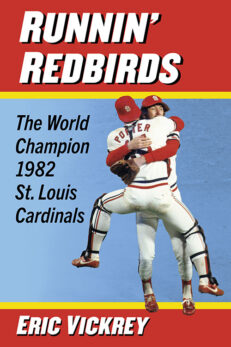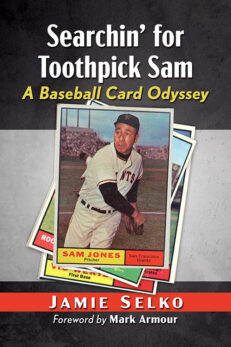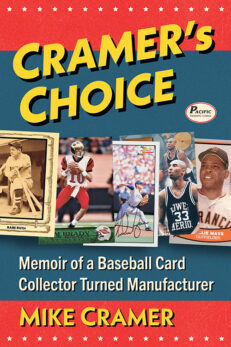 The Symbolism and Sources of Outlander: The Scottish Fairies, Folklore, Ballads, Magic and Meanings That Inspired the Series
The Symbolism and Sources of Outlander: The Scottish Fairies, Folklore, Ballads, Magic and Meanings That Inspired the Series
Valerie Estelle Frankel
Outlander is much more than a television romance about a World War II nurse and a Jacobite soldier in a fetching kilt. The series—and the massive serial novel on which it is based—has been categorized as a period drama, adventure saga, military history and fantasy epic. Inspired by the Irish legends of Fionn Mac Cumhaill and the prophecies of Brahan Seer, the storyline is filled with mythology and symbolism from around the world, from the Fair Folk and the Loch Ness monster to wendigos, ghosts, zombies and succubae.
Literary references abound, from the Bible to the classics, to Shakespeare and the English romantic poets. The series is also rich with its own symbolism: heather and white roses, the dragonfly in amber, Claire’s blue vase and wedding gown, her wedding rings and pearl necklace. This book untangles the myriad of myths, legends, symbols and literary references found in the series.
 Adoring Outlander: Essays on Fandom, Genre and the Female Audience
Adoring Outlander: Essays on Fandom, Genre and the Female Audience
Edited by Valerie Estelle Frankel
What is behind Outlander fever—the hit television drama’s popularity? Is it author Diana Gabaldon’s teasing posts on social media? Is it the real history reimagined? The highly emotional melodrama?
Or is it the take-charge heroine and the sweet hero in a kilt? One of the show’s biggest draws is its multigenre appeal. Gabaldon—whose Outlander novels form the basis of the series—has called it science fiction, fantasy, romance, historical fiction and military fiction, depending on her audience.
This collection of new essays explores the series as romance, a ghost story, an epic journey, a cozy mystery, a comedy of manners, a gothic thriller and a feminist answer to Game of Thrones, and considers the source of its broad appeal.
 Outlander’s Sassenachs: Essays on Gender, Race, Orientation and the Other in the Novels and Television Series
Outlander’s Sassenachs: Essays on Gender, Race, Orientation and the Other in the Novels and Television Series
Edited by Valerie Estelle Frankel
A time travel epic featuring history and romance, Outlander—unlike most adventure series—is aimed at women audiences. The kilted male characters, the female narrator, the fantastic period costumes are atypical of male-gendered television. Both the show and the novels on which it is based address issues most series shy away from, like breast feeding, abortion and birth control. Role reversals are common—the powerful Claire rescues her virginal husband Jamie from sexual abuse. When the villainous Black Jack Randall displays his genitals to the heroine Jenny, she laughs.
This collection of new essays examines Outlander as an exploration of what it meant and means to be a capable woman, in the 18th century and in the modern world. As Claire explores different models of strength in both periods, Jamie comes to understand the nuances of male honor, power and alternative sexuality through the contrasting figures of Black Jack and Lord John. As the heroes negotiate the complications of marriage and life, they make discoveries about gender that resonate with modern audiences.



